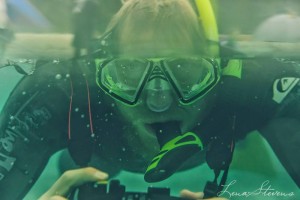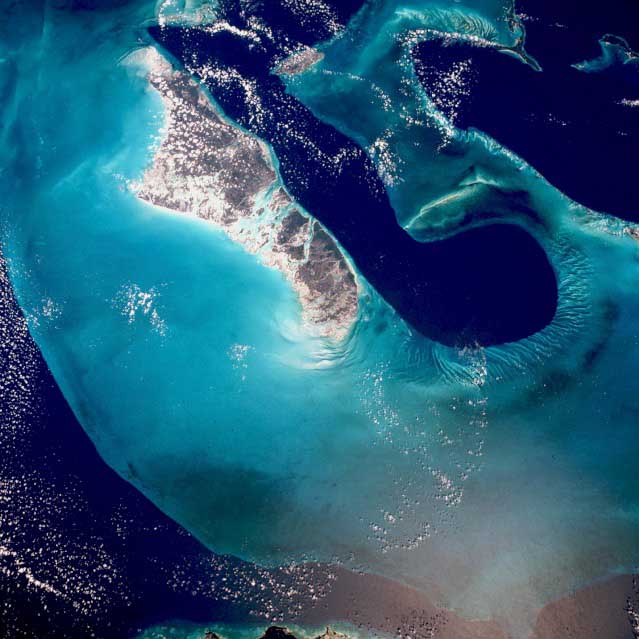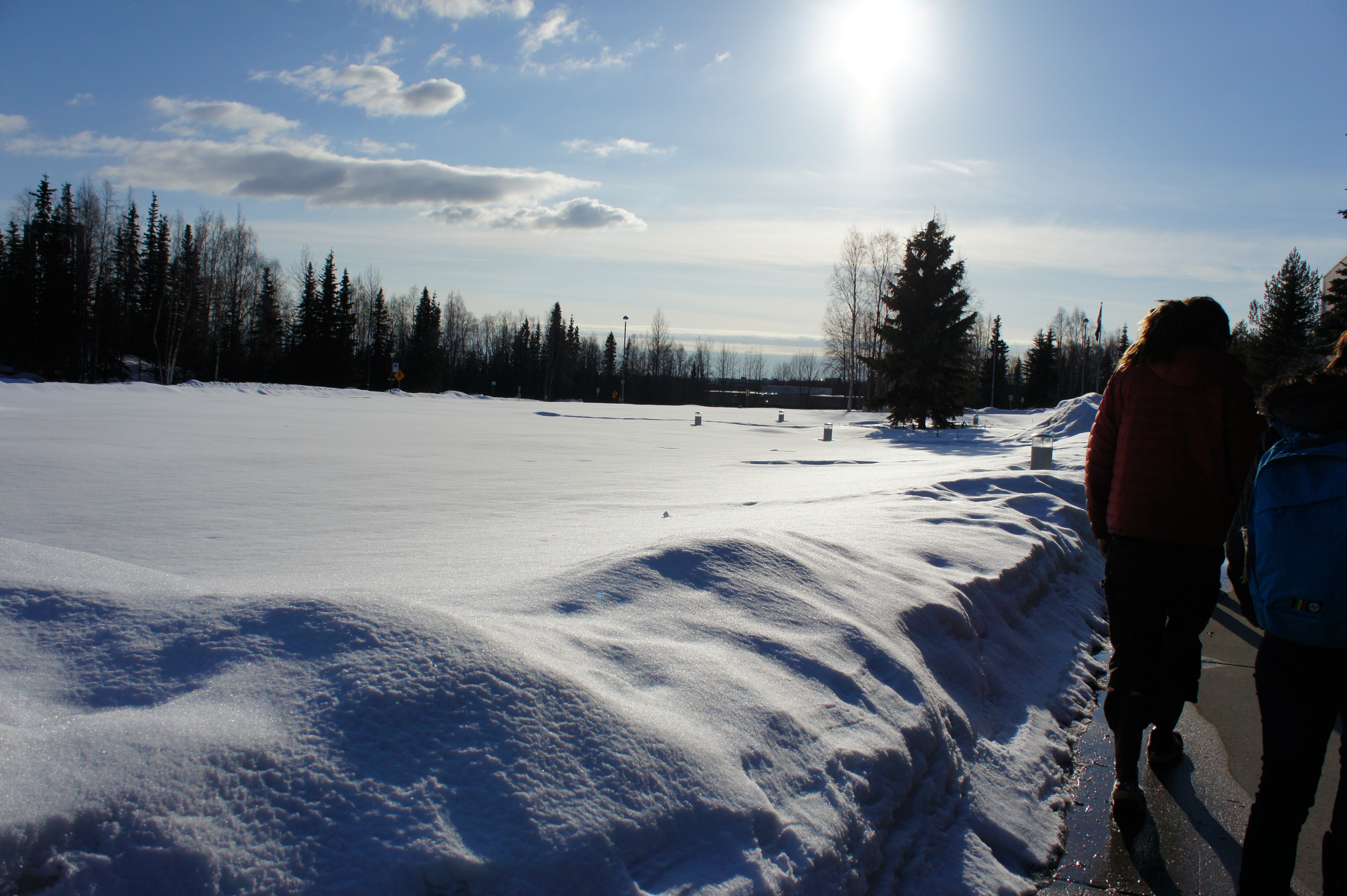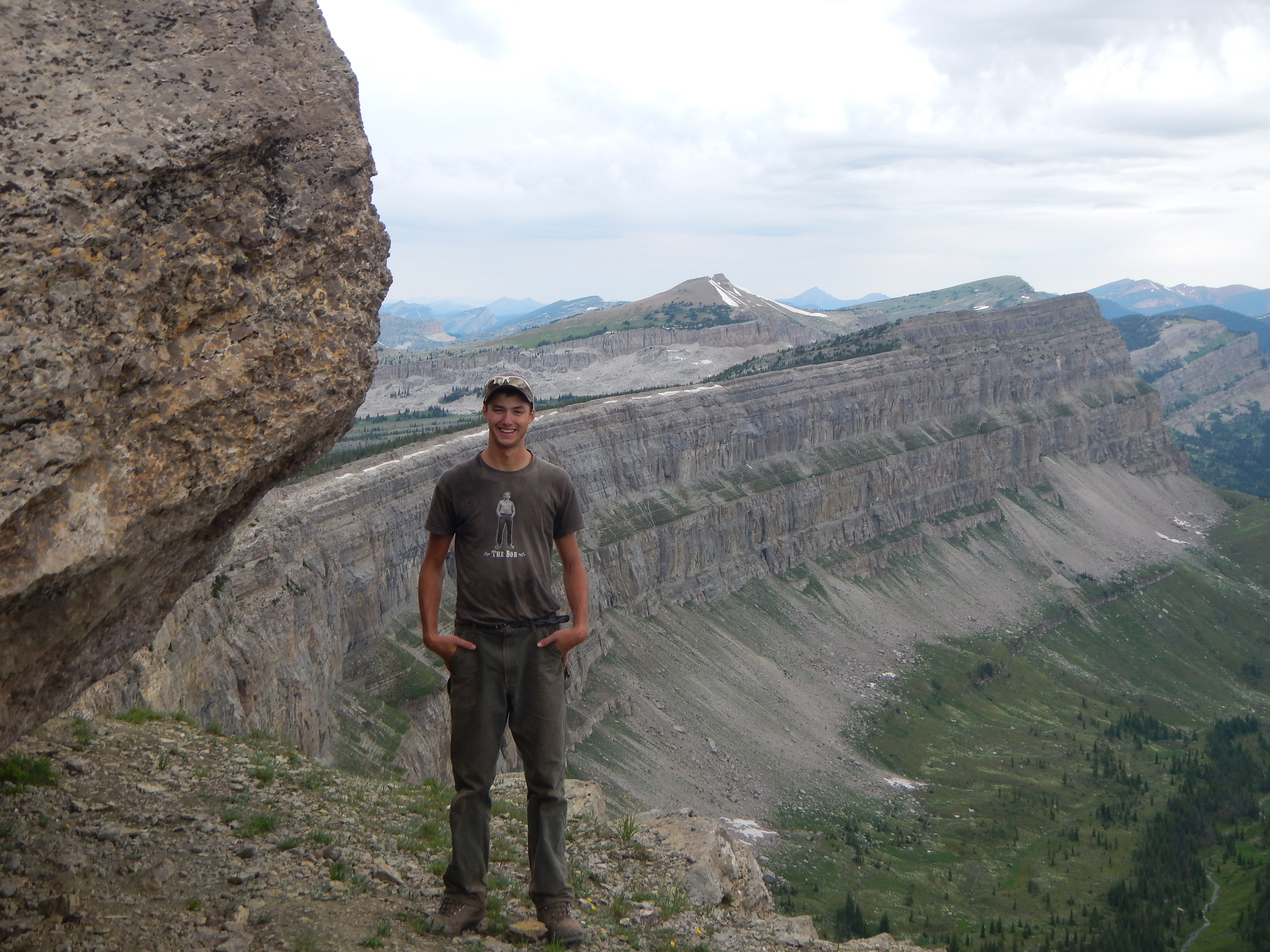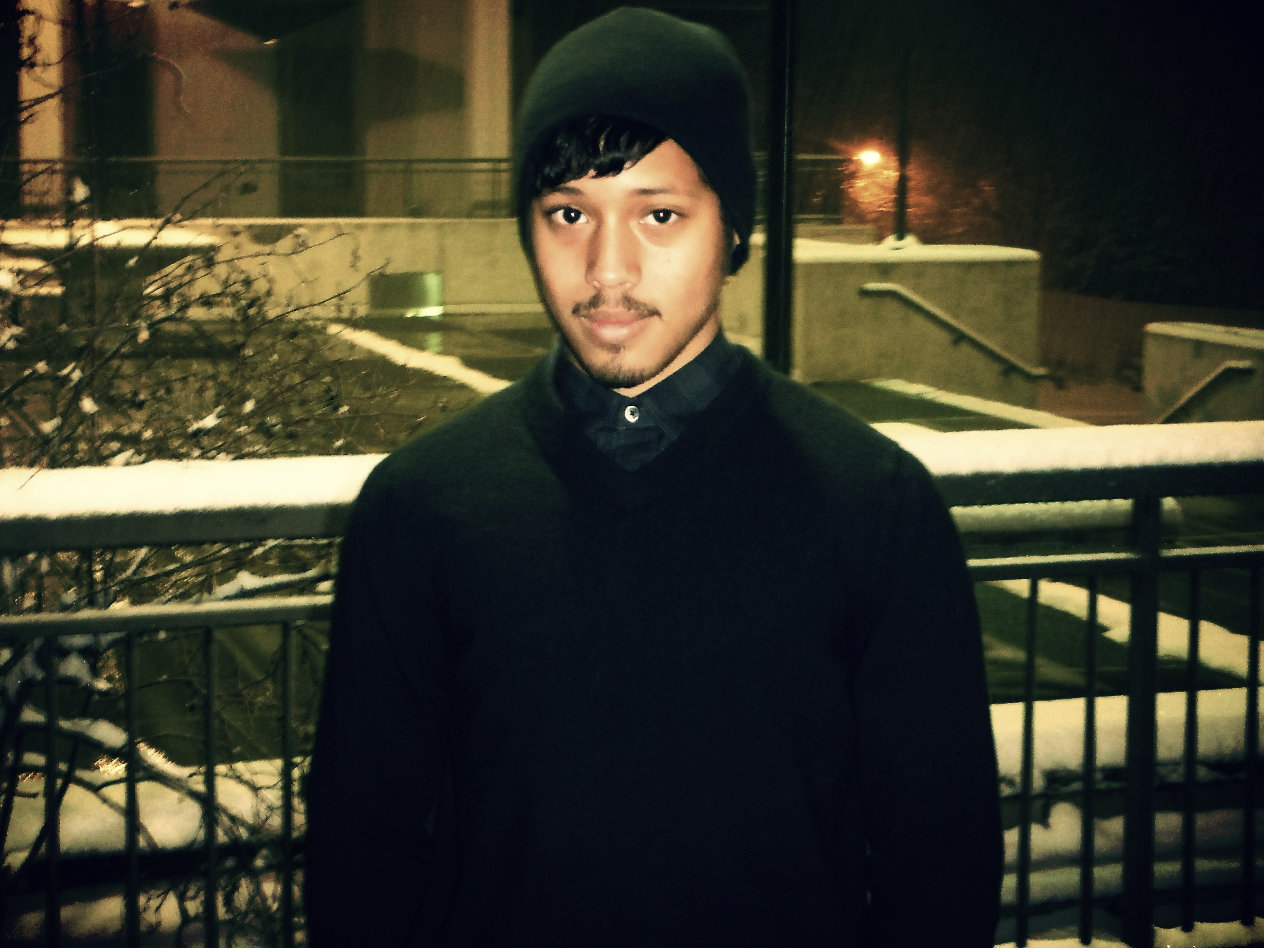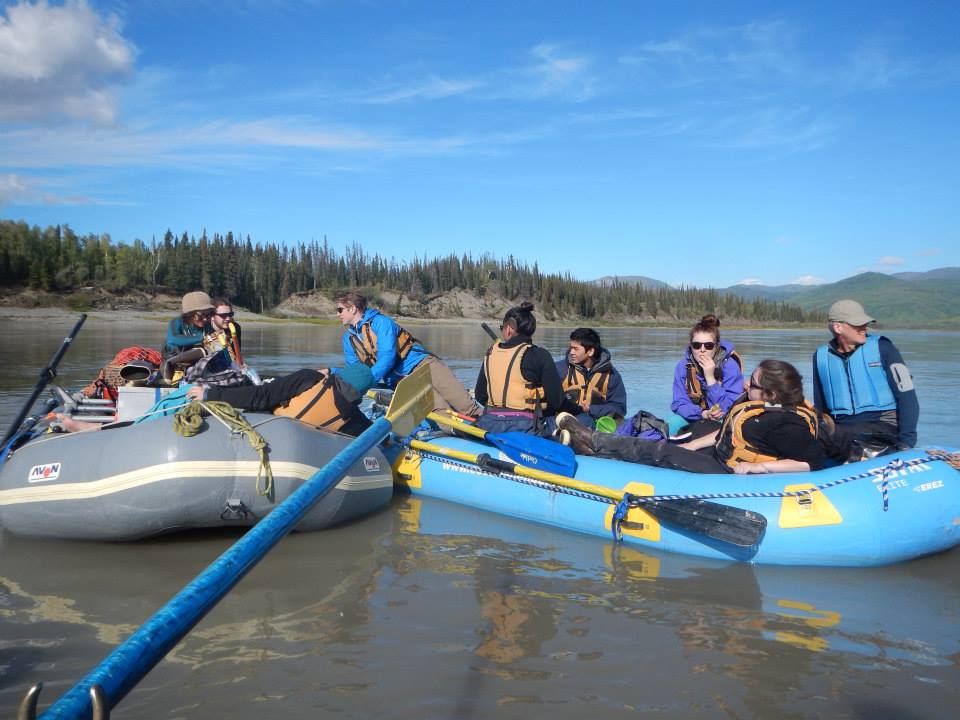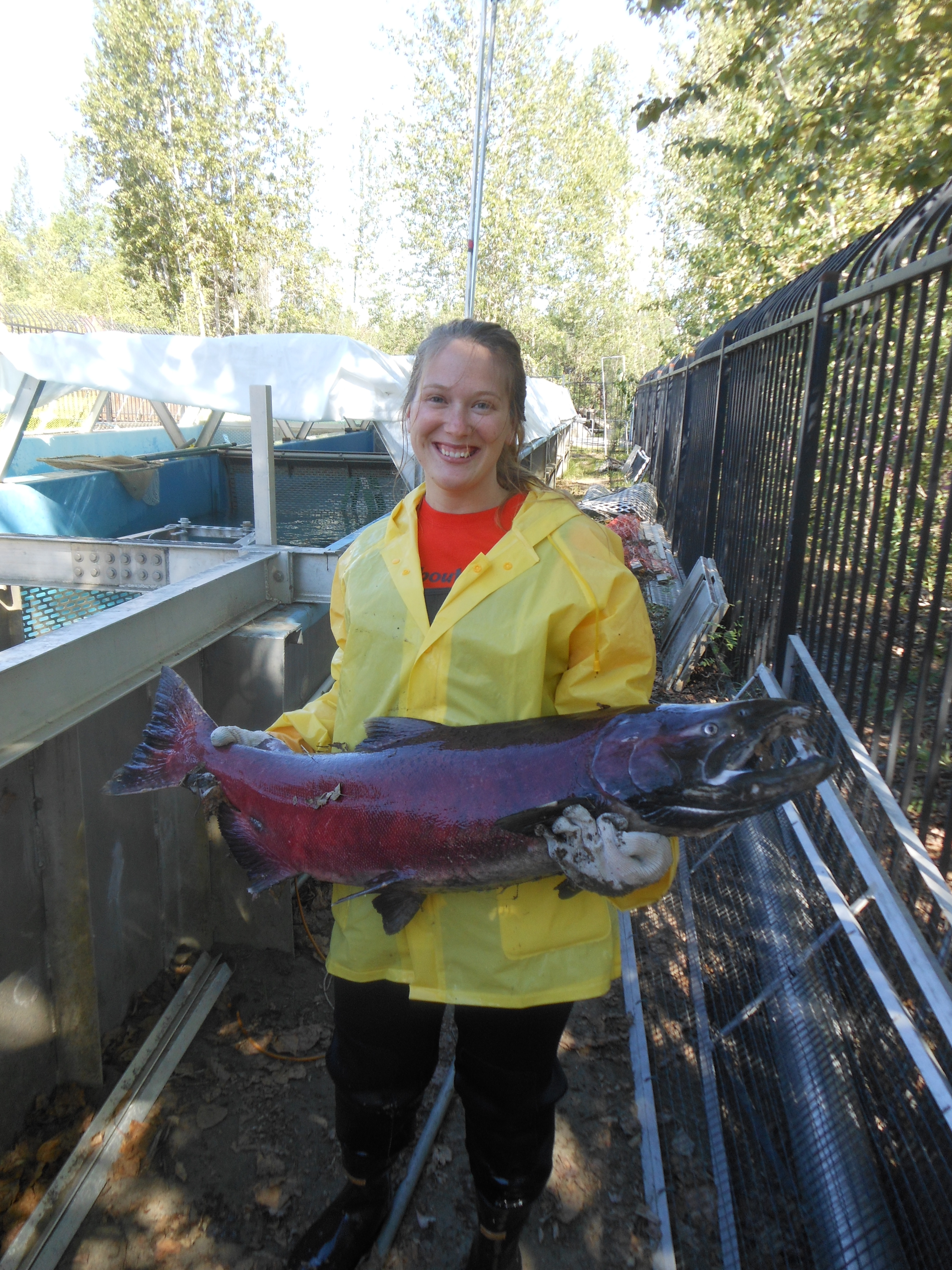by Will Day
It seemed like just another crossing between Bahamian Cays. Sure, the rip current was moving faster than they’d encountered before, but they’d compensated by giving the racing water a wide berth. Five novice kayakers began to cross, eager to test their newfound abilities on what would be their first crossing without instructor guidance. Fifty yards offshore, their plan disintegrated. The bow of a cruise ship–reminiscent in size of an apartment building–punched through the gap between islands and charged, like a bull out of hell, toward the five students in their feeble plastic boats…
[divider]
Alaska Pacific University is unique in the world of undergraduate education, offering a degree in Outdoor Studies. Before graduating, OS majors are required to complete an expedition credit: 20-days of backcountry travel, learning to guide, and spending day and night with a small group of people–for better or worse. In January, a group of 11 students boarded a plane with three instructors, bound for the city of George Town in The Bahamas.
At 7AM several days later, the silence of a flat ocean broke with the dissonant beeping of watches in the tents along the shore of Great Guana Cay. Minutes later, five camp stoves began to boil the water for 14 breakfasts. One-by-one the tents emptied, their inhabitants lured by the smell of warm food and hot drinks. The conversation that morning buzzed with energy, elevated by the thought of traveling in small groups without instructor supervision. Soon, the boats were packed and on the water, ten minutes before 9 o’clock–twenty minutes before the usual, tardy departure.
The first group of five students set out along the coast of Great Guana, headed north-west, until the others dwindled out of sight behind them. The plan was for the other half of the students and the instructors to follow in twenty minute intervals, offsetting the instructors and the first group by forty minutes. As their paddles dipped in and out of the water rhythmically, their thoughts were freed to ponder the gravity of the potential risk they’d just assumed. If something were to go wrong, there would be no experts to direct their actions; the consequences of any mistakes they made would be theirs, and theirs alone to answer for.
The water around Black Point breaks and bounces randomly as incoming wave energy refracts off the brittle, barren karst. In a kayak, rounding the point feels like paddling through an automatic car wash without the drying cycle. The eager students loved it, soaking in the chaotic freedom thirstily and with the kind of glee that children feel when destroying intricate LEGO creations with their hands. At war with the ocean, with kayaks as steeds and paddles as swords.
Eventually the waves calmed as the kayakers rounded the point and traversed along the shore. In front of them, the water poured past the tip of Great Guana, flowing into the deep Atlantic Ocean beyond–their first substantial hazard. The crossing between the Great Guana and Bitter Guana Cays is like any other cut between the Outer Exuma islands: calm when the tide slackens and violent as it comes in or goes out. Three to four hours after a tidal shift, rip currents between islands reach their maximum rate of flow, taking on the appearance of white-capping river rapids. From the low vantage-point of a kayak, the effect is intimidating.
Three and a half hours after high tide, the first group moved along the coast and selected a point to cross. By paddling out several hundred yards from the mouth of the cut, they planned to avoid being forced into the Atlantic with the outgoing tidal current. Their target would be an eddy across the channel: water moving in the opposite direction of the dominant, tidal current that would allow them to rest once they’d made the crossing. They checked and double checked each other, and thrust their paddles powerfully into the water, whipping their boats into the channel…
The bow of the cruise ship plunged through the cut, spraying clouds of water droplets twenty feet into the air. Her engines churned hard against the current and thrust her hull forward on an interception course with the kayakers. Oblivious to the small boats ahead, her captain focused on threading his ship between the Cays. In an instant, two options presented themselves to the kayakers: keep paddling and end up food for the hungry ship’s propellers, or turn around and try to escape the current before it sucks them out to sea.
“TURN BACK!!!” a kayaker shouted–the other four already half-pivoted toward Greater Guana. Like pistons, their paddles pumped in and out of the water. Their torsos tensed and their faces contorted against the strain of each stroke as they forced their way toward the shore. Behind, the ship raced unabated through the spot where they’d been moments before. The muscles in their arms and stomachs pulsed painfully as they finally exited the grasp of the current. It had been a close call.
After the wake of the great ship passed beneath their boats, they crossed the cut and successfully reached the eddy.
[divider]
I was a member of that initial group that day, and I remember the feeling that engulfed me once the adrenaline died away. Moments when the consequences of a potential mistake actually pass in front of your eyes tend to leave you rattled and analytical. I spent the rest of that day reliving the crossing over and over in my head, trying to figure out how we could have avoided being in the situation at all. The fact is, it isn’t always possible to consider every potential worst case scenario you might encounter. What is possible is preparing for what you can think of and expecting to run into situations you haven’t planned for.
[divider]
